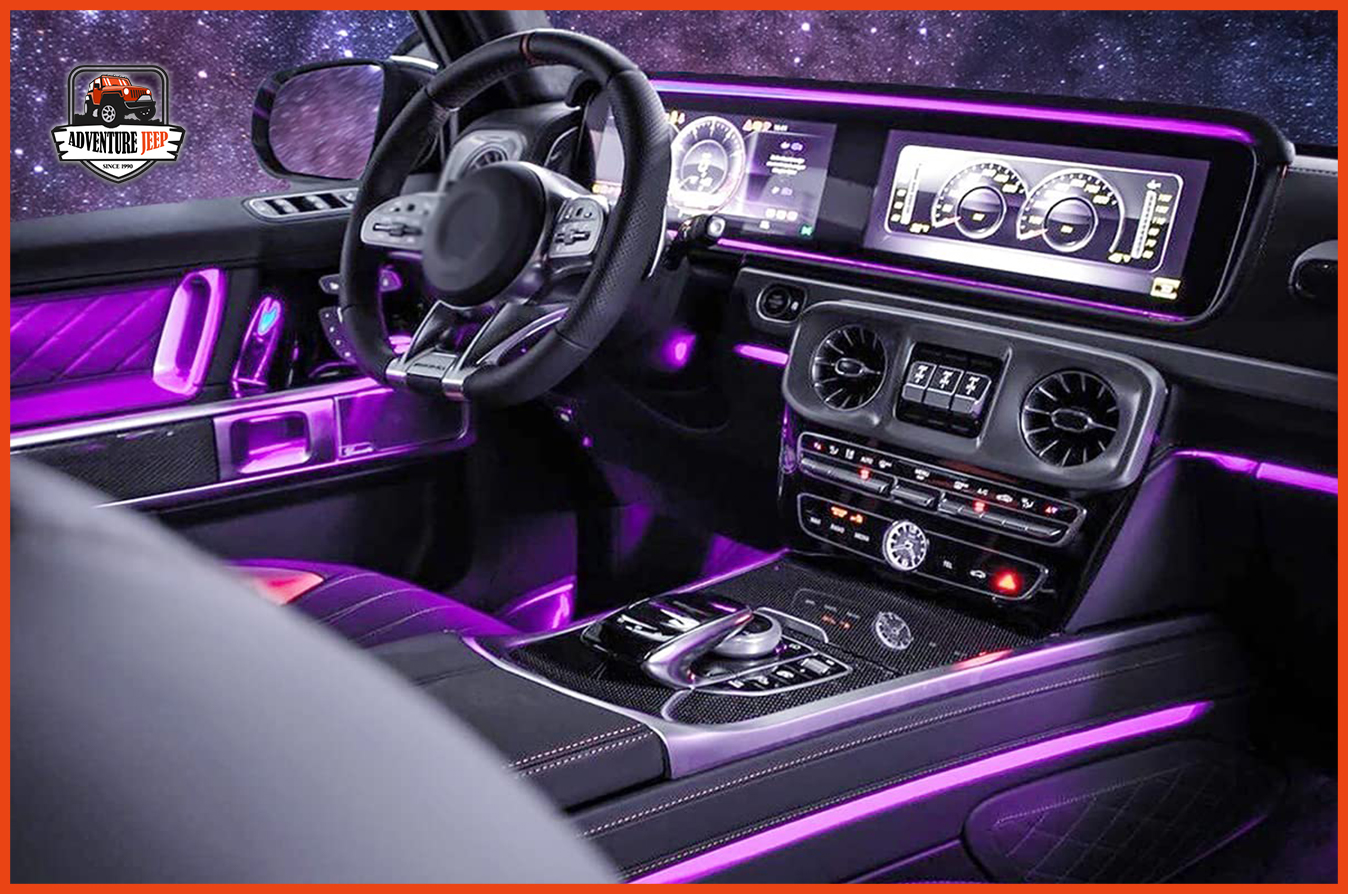A Jeep Grand Cherokee typically has two catalytic converters. These devices help reduce harmful emissions in the vehicle’s exhaust system.
The catalytic converters play a vital role in ensuring that the gases produced during the combustion process are converted into less harmful substances before they are released into the environment. They contain catalysts that facilitate chemical reactions, breaking down toxic gases like carbon monoxide, nitrogen oxides, and hydrocarbons.
By utilizing these catalysts, the converters effectively reduce the pollutants emitted by the engine. The Jeep Grand Cherokee, like many other vehicles, employs two catalytic converters to ensure optimum efficiency and compliance with emission regulations. These converters are typically located along the exhaust pipe, one near the front of the vehicle and the other closer to the rear, where they work together to minimize harmful emissions. The Jeep Grand Cherokee typically features two catalytic converters that assist in minimizing harmful exhaust emissions and promoting a cleaner environment.
Understanding The Importance Of Catalytic Converters In Vehicles
Catalytic converters play a crucial role in reducing harmful emissions and improving air quality. In vehicles like the Jeep Grand Cherokee, these converters are essential components. They work by converting toxic pollutants, such as carbon monoxide, nitrogen oxides, and hydrocarbons, into less harmful substances like water vapor and carbon dioxide.
This process occurs through a chemical reaction facilitated by the catalytic converter’s core, which consists of precious metals like platinum, palladium, and rhodium. As the exhaust gases flow through the converter, these metals act as catalysts, promoting the conversion of harmful emissions.
By effectively reducing these pollutants, catalytic converters help us protect the environment and meet emission standards. Understanding the importance of catalytic converters in vehicles like the Jeep Grand Cherokee is crucial for maintaining clean air and minimizing the impact of transportation on global air quality.
Breaking Down The Components Of A Jeep Grand Cherokee’s Exhaust System
The exhaust system of a Jeep Grand Cherokee consists of various components, one of which is the catalytic converter. These converters play a crucial role in reducing harmful emissions from the vehicle. As for the specific number of catalytic converters found in a Jeep Grand Cherokee, it generally depends on the model and engine type.
While some models may have a single catalytic converter, others may be equipped with two or even more. The purpose of these converters is to convert toxic gases into less harmful substances through a chemical reaction. By doing so, they help to minimize the negative impact that the vehicle’s emissions can have on the environment.
Understanding the significance of catalytic converters in the Jeep Grand Cherokee’s exhaust system can help Jeep owners appreciate the role these components play in promoting cleaner air quality.
Unveiling The Mystery: The Number Of Catalytic Converters In A Jeep Grand Cherokee
Uncovering the secret behind the number of catalytic converters in a Jeep Grand Cherokee requires a thorough investigation. The standard count of these converters can vary based on the model year and specific trims of the vehicle, creating a level of complexity.
Additionally, modifications made to the Jeep can also impact the number of catalytic converters present. This intriguing topic calls for a deeper understanding of the inner workings and design of the Jeep Grand Cherokee, as well as the environmental regulations that govern its emissions.
By exploring these factors, we can gain insight into the number of catalytic converters found in this popular SUV and the potential implications of any modifications. Understanding these details can provide Jeep Grand Cherokee owners with valuable knowledge about their vehicle’s emission control system and its impact on the environment.
Frequently Asked Questions On How Many Catalytic Converters Are In A Jeep Grand Cherokee
Where Is Catalytic Converter In Jeep Grand Cherokee?
The catalytic converter in the Jeep Grand Cherokee is located near the exhaust manifold.
How Much Are Jeep Grand Cherokee Catalytic Converters Worth?
Jeep Grand Cherokee catalytic converters can be worth anywhere from $100 to $1000 depending on various factors.
How Many Catalytic Converters Does A 2002 Jeep Grand Cherokee Have?
A 2002 Jeep Grand Cherokee has two catalytic converters.
Do I Have 2 Catalytic Converters?
Most vehicles have one catalytic converter, but some vehicles, especially those with dual exhaust systems, may have two catalytic converters.
How Many Catalytic Converters Are In A Jeep Grand Cherokee?
A Jeep Grand Cherokee typically has two catalytic converters, one for each bank of the engine.
Why Does A Jeep Grand Cherokee Have Multiple Catalytic Converters?
Having multiple catalytic converters helps improve exhaust gas emissions and ensures efficient operation of the engine.
How Do Catalytic Converters In A Jeep Grand Cherokee Work?
Catalytic converters in a Jeep Grand Cherokee use chemical reactions to convert harmful pollutants in the exhaust into less harmful substances.
Conclusion
To sum up, understanding the number of catalytic converters in a Jeep Grand Cherokee is essential for maintenance and emissions control. While older models typically have two converters, newer ones may have three. The catalytic converters play a crucial role in reducing harmful emissions and ensuring the vehicle’s compliance with environmental regulations.
Keeping them in good condition can help improve the overall performance of the vehicle and minimize the impact on the environment. Regular inspections and maintenance are recommended to ensure the converters are functioning optimally. It’s also important to be aware of any signs of malfunction, such as decreased fuel efficiency or a check engine light, as this may indicate a problem with the catalytic converters.
By staying informed and taking the necessary steps to maintain the converters properly, Jeep Grand Cherokee owners can enjoy a smoother, more eco-friendly driving experience.





Leave a Reply